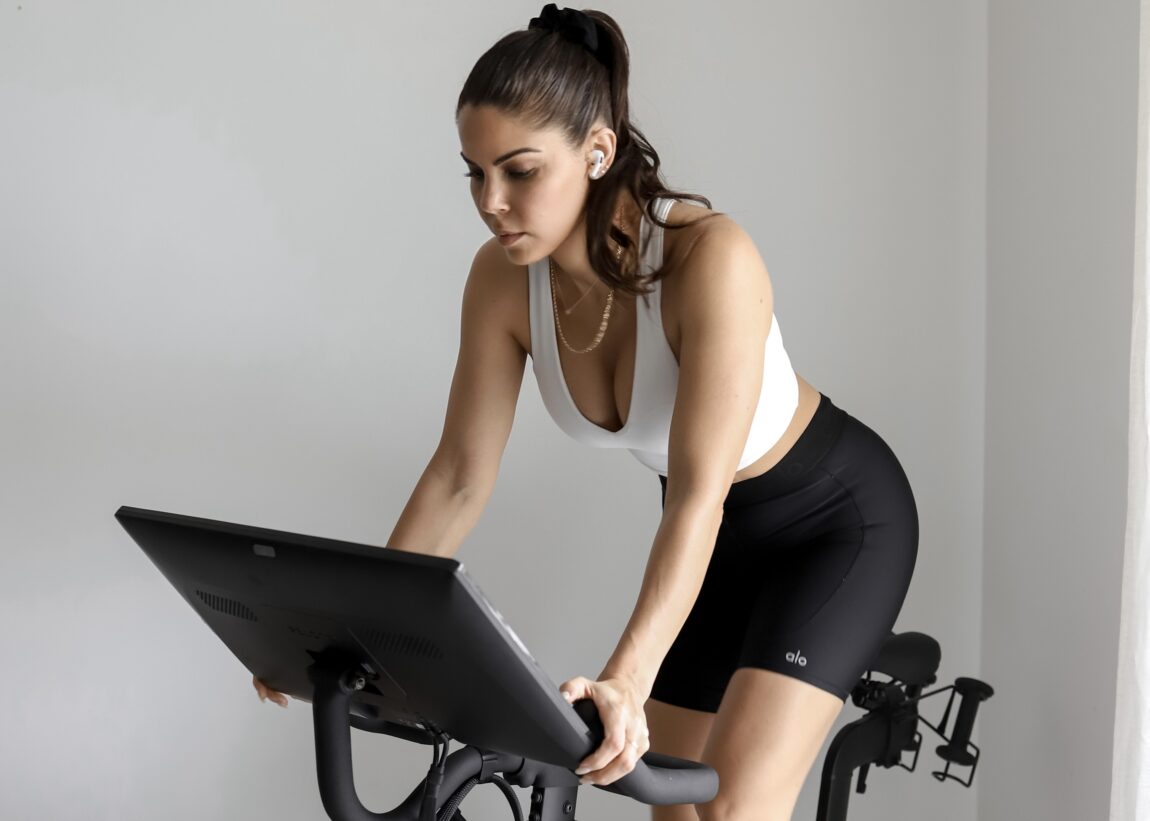
Dos And Don’ts of Exercising With Hashimoto’s
If you have Hashimoto’s disease, then you know that exercising is an essential part of avoiding extra weight gain, as well as maintaining your overall health. I’m sure anyone dealing with Hashimoto’s, as well as other autoimmune disorders, is personally aware of the struggles that typically come with this thyroid condition. They understand how debilitating the accompanying fatigue is, not to mention other symptoms like achy muscles, joint pain, brain fog, and migraines.
As difficult as it may be at times, there are some things that you can do that will help you avoid flare-ups as well as be more consistent with an exercise routine.
Disclaimer
The information on this site is based on my own personal experiences. It’s not intended to be used as health, fitness, mental health, or medical advice, as I am not a doctor.
Dos And Don’ts of Exercising With Hashimoto’s
One of my biggest goals in life right now is to get back onto a regular workout routine. With my son about to start preschool soon, this might finally become a reality. I know from past experience that when getting back into working out, I tend to jump back into it full force. It never ends up being a good idea, though. After a week or two of hard work, I usually have a flare-up every.
So this time, I will be very mindful and stick to a plan while easing back into exercise. And I’m sharing this list of dos and don’ts of exercising with Hashimoto’s that I’ve learned over the years.
Talk To Your Doctor
If you suspect you have Hashimoto’s or hypothyroidism or have been diagnosed with either, you have regular checkups with a good doctor. Working with your doctor to make sure your thyroid hormone medication is at the proper levels is imperative to managing symptoms.
Start Slowly
If you’re new to exercise or just getting back into it, it’s a good idea to slowly build up to where you’d like to be. Start with shorter sessions, lower intensity, and lighter weights. This way, your body can acclimate to the extra work. Once you know your body is doing good tolerating that amount of physical activity, you can add more time and intensity to your workouts.

Remember To Stretch
Some people with Hashimoto’s and hypothyroidism experience a lot of joint pain, sore muscles, and stiffness. Incorporating a stretching routine before your workout and again as you cool down after training is very important. Maintaining joint mobility and overall flexibility can help prevent stress and injury.
Try Low Impact Exercises
If joint pain is an issue, choose low-impact aerobic exercises that will still increase your heart rate with minimal amounts of stress on your joints and bones. Swimming, rowing, cycling, and the elliptical are all great no-impact or low-impact forms of cardio.
Incorporate Strength Training
Never underestimate the benefits of building strong muscles! Stronger muscles help support joints, thus reducing joint pain. Lifting weights also helps build bone density, which can help offset age-related declines in bone mass. This is especially important because thyroid hormone affects the rate of bone replacement. Strength training also has the incredible benefit of elevating a person’s overall basal metabolic rate (BMR) for up to 48 hours. BMR is the number of calories that the body burns while at rest. This is especially helpful for those of us trying to maintain or lose weight.
Try And Be Active Most Days Of The Week
Consistently moving your body helps boost blood flow, raise endorphins, and burn calories, which is helpful in reducing pain and maintaining weight. But this doesn’t have to mean 2-hour gym sessions every day. Even 30 minutes a day, five times a week is a goal that would be incredibly beneficial.

Mix Things Up
Workouts don’t have to look the same every day. In fact, switching things up and trying new things can help you maximize the benefits of exercising. The important thing is to find workouts that you enjoy doing, so you will stay consistent. Consider including weight training, multiple forms of cardio, and stretching, like yoga and pilates, in your fitness routine.
Be Careful Not To Overdo It
Be careful not to overdo it, especially in the beginning. Over-exerting yourself could lead to an injury or a flare-up which will only set you back. You want to be feeling energized from your workouts rather than over fatigued. If your body is handling your new routine well, and you’re getting enough sleep, then you are probably ready to take your workouts to the next level. It’s a good idea to work on lengthening your duration first. And then works towards building intensity.
Consider Working With A Personal Trainer
If you’re completely unsure where to start, working with a personal trainer is a good investment in your health. They will be able to teach you what exercises you should be doing and the proper form. This can help you avoid injury as well as keep you accountable toward your weight loss or fitness goals. This doesn’t have to be forever, either. After a few months of working with a professional, you should be comfortable training on your own. Or you can work with them to help you reach a specific goal. If you do decide to hire a trainer, be sure to check for their qualifications. If you’re going to invest your time and money in someone, you want to be sure they know what they’re doing.
Best Exercise For Hashimoto’s Disease
Hashimoto’s can make exercise difficult, and an underactive thyroid will make losing weight even more difficult. But exercise can have a positive effect on thyroid function, as well as reduce the number of symptoms related to hypothyroidism like fatigue, constipation, and weight gain.
These are my favorite forms of exercise that I do regularly, depending on how my body is feeling.
At The Gym
- Walking on the treadmill on a steep incline
- Stair climber ( if my joints feel ok)
- Weight lifting
Outdoors
- Hiking
- Walking
At Home
- Pilates
- Yoga
Listen To Your Body
Because Hashimoto symptoms vary from person to person, it’s important to listen to your body. What your body can handle will be very different from someone else’s. And your flare-up symptoms can be completely different from what someone else with Hashimoto’s experiences.
Symptoms that I personally experience with a flareup are fatigue, heart palpitations, migraines, trouble sleeping, increased joint pain, brain fog, as well as hair shedding. And then there’s the higher body temperature that feels like a low-grade fever for weeks and anxiety that is only made worse by dealing with all this!
I hope that anyone living with autoimmune and chronic illness can find the support they need to live their best lives. Fitness is a journey and one that has a lot of ups and downs, especially with the added health issues. But it’s still entirely possible. Over on the blog, you can learn more about the Worst Foods For Autoimmune Disease, Hashimoto’s Flare Up Causes, and other autoimmune-related topics.
I’d love to know what tips and advice you’ve found most helpful on your fitness journey. Please share in the comments below!
Xx Monti
Shop the Post


